Home>Articles>Which Is Cheaper An Electric Skillet Or A Range Top Of Electric Stove
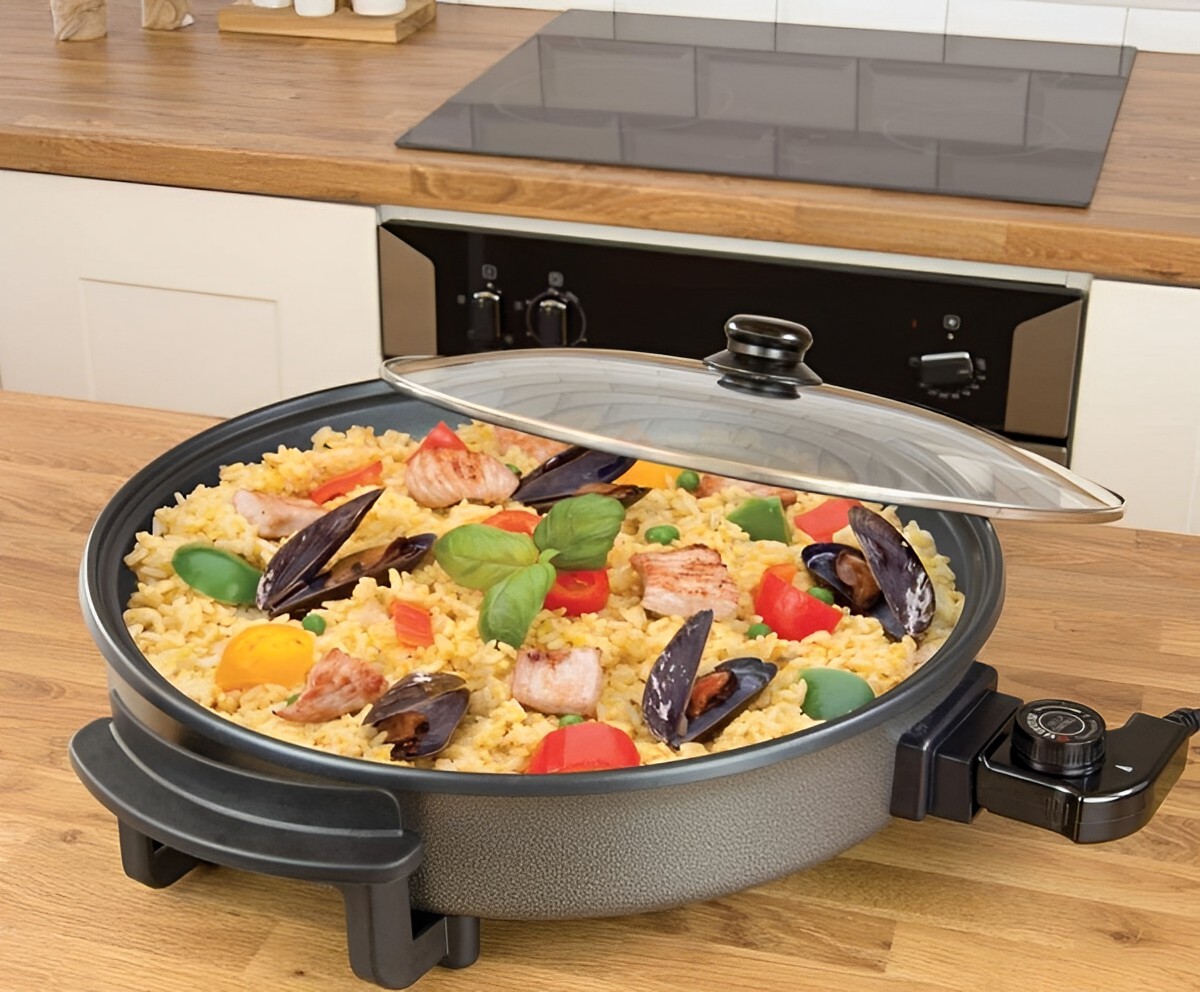

Articles
Which Is Cheaper An Electric Skillet Or A Range Top Of Electric Stove
Modified: May 6, 2024
Read articles comparing the cost of electric skillets and range tops of electric stoves to find out which option is cheaper for your kitchen.
(Many of the links in this article redirect to a specific reviewed product. Your purchase of these products through affiliate links helps to generate commission for Storables.com, at no extra cost. Learn more)
Introduction
When it comes to cooking, having the right equipment can make all the difference. Whether you’re an experienced chef or just starting out in the kitchen, having the right tools can make your cooking experience more efficient and enjoyable. When it comes to cooking appliances, one of the most common questions is whether it is cheaper to use an electric skillet or a range top of an electric stove. In this article, we will compare the initial cost, energy efficiency, cooking performance, versatility and use, maintenance and cleaning, as well as size and portability of an electric skillet and a range top, to help you make an informed decision.
Key Takeaways:
- Electric skillets are a cost-effective and space-saving choice for small kitchens or those on a budget. They offer versatility, energy efficiency, and easy maintenance, making them a practical option for everyday cooking.
- Electric stoves provide greater cooking performance and versatility with multiple burners and an oven. While they may have a higher initial cost and require more space, they offer precise temperature control and a wider range of cooking capabilities for those who enjoy experimenting with different recipes.
Comparison of Initial Cost
When it comes to the initial cost, electric skillets are generally more affordable compared to electric stoves. Electric skillets can range in price depending on the brand and features, but they are generally less expensive than a full-sized electric stove. On the other hand, electric stoves require a larger upfront investment as they come as a complete range with multiple burners and an oven. If budget is a concern, an electric skillet may be a more cost-effective choice.
Key Takeaways:
- Electric skillets are a cost-effective and space-saving choice for small kitchens or those on a budget. They offer versatility, energy efficiency, and easy maintenance, making them a practical option for everyday cooking.
- Electric stoves provide greater cooking performance and versatility with multiple burners and an oven. While they may have a higher initial cost and require more space, they offer precise temperature control and a wider range of cooking capabilities for those who enjoy experimenting with different recipes.
Comparison of Initial Cost
When it comes to the initial cost, electric skillets are generally more affordable compared to electric stoves. Electric skillets can range in price depending on the brand and features, but they are generally less expensive than a full-sized electric stove. On average, an electric skillet can cost anywhere from $30 to $100, whereas a basic electric stove can start at around $300 and go up to several thousand dollars for high-end models with advanced features.
Electric skillets are a cost-effective option for those who are on a tight budget or have limited kitchen space. They provide a simple and efficient way to cook a variety of dishes without the need for a full-sized stove. On the other hand, electric stoves offer more versatility and cooking options with multiple burners and an oven, making them suitable for larger households or those who enjoy experimenting with different recipes.
It is worth noting that while electric skillets may have a lower initial cost, they may not be as durable or long-lasting as electric stoves. Electric stoves are typically built to withstand heavy use and have a longer lifespan. So, if you are looking for a long-term investment, an electric stove may be a more viable option despite the higher initial cost.
Overall, the comparison of initial cost is subjective and depends on your specific needs and budget. If you are just starting out in the kitchen or have limited space, an electric skillet can be a great cost-effective choice. However, if you require more cooking options and durability, investing in an electric stove may be the better option in the long run.
Comparison of Energy Efficiency
When it comes to energy efficiency, both electric skillets and electric stoves have their advantages and disadvantages. Let’s explore how these appliances can impact your energy consumption and utility bills.
Electric skillets are generally more energy-efficient compared to electric stoves. This is mainly because electric skillets are smaller in size and require less energy to heat up. They are designed to have direct and efficient heat distribution, ensuring that every part of the skillet receives equal heat. This means that less energy is wasted during the cooking process, leading to lower energy consumption. Additionally, electric skillets often have a built-in thermostat, allowing you to easily adjust the temperature and avoid unnecessary energy usage.
On the other hand, electric stoves with multiple burners and an oven tend to consume more energy. They require more power to operate and maintain the desired temperature across all burners and the oven. Additionally, if you are using the oven for longer periods or cooking multiple dishes simultaneously, it can lead to higher energy consumption.
However, it is important to note that energy efficiency also depends on individual usage habits. For example, if you regularly use only one or two burners on your electric stove and minimize oven usage, then the energy consumption may not significantly differ from using an electric skillet. Additionally, energy-efficient models are also available for both electric skillets and electric stoves, which can further reduce energy consumption.
Overall, when it comes to energy efficiency, electric skillets have the advantage of being more energy-efficient compared to electric stoves. However, the difference in energy consumption can vary depending on usage patterns, size of the appliance, and overall efficiency of the model. It is important to consider your cooking habits and energy-saving features when making a decision.
Comparison of Cooking Performance
Cooking performance is a crucial factor to consider when deciding between an electric skillet and an electric stove. Let’s compare the cooking performance of these appliances to determine which one suits your cooking needs better.
An electric skillet excels in providing even heat distribution, which is essential for cooking various dishes. The heating element in an electric skillet covers the entire cooking surface, ensuring that food cooks evenly. This makes it ideal for frying, sautéing, and making dishes that require precise temperature control. Electric skillets also heat up quickly, allowing for faster cooking times. However, the size and depth of the skillet may limit the types of recipes you can prepare.
On the other hand, electric stoves offer more versatility in terms of cooking performance. With multiple burners, you have the flexibility to cook multiple dishes simultaneously. Electric stoves provide more cooking options, including boiling, simmering, and grilling. The addition of an oven allows for baking and roasting, expanding the range of recipes you can create. However, it is worth noting that electric stoves may have uneven heat distribution, especially on electric coil burners, which can affect the cooking results.
When it comes to searing and browning, electric skillets typically perform better due to their direct and consistent heat distribution. The high sides of an electric skillet also help contain splatters and prevent messes. However, electric stoves with solid cooktops or glass-ceramic surfaces can also produce excellent searing results when using the right cookware.
Ultimately, the choice between an electric skillet and an electric stove depends on your preference for cooking techniques and the variety of dishes you frequently prepare. If you prioritize even heat distribution, precise temperature control, and faster cooking times, then an electric skillet might be the better option. However, if you require more cooking options and the ability to cook multiple dishes simultaneously, then an electric stove with its larger cooking surface and oven capabilities would be more suitable.
An electric skillet is generally cheaper than a range top of an electric stove. It also offers the advantage of portability and can be used for a variety of cooking tasks.
Read more: How To Clean A Smooth Top Range Or Cooktop
Comparison of Versatility and Use
When it comes to versatility and use, both electric skillets and electric stoves offer unique advantages. Let’s explore how these appliances differ in terms of their versatility and how they can be used in the kitchen.
Electric skillets are known for their versatility and ease of use. They are compact and can be used in a variety of settings, including small kitchens, RVs, or even outdoors. Electric skillets are excellent for cooking a wide range of dishes, such as stir-fries, pancakes, omelets, and even casseroles. They are also great for slow cooking, as some models have temperature settings that allow for gentle simmering. Additionally, electric skillets often come with non-stick coatings, making them convenient for cooking and easy to clean.
On the other hand, electric stoves offer a higher level of versatility due to their multiple burners and oven capabilities. With an electric stove, you have the flexibility to cook different dishes simultaneously, using various cooking methods like boiling, simmering, and grilling. The oven component allows for baking, roasting, and broiling, greatly expanding your culinary options. Electric stoves also come in a variety of sizes, from standard four-burner models to larger professional-grade ranges, catering to different cooking needs and preferences.
Furthermore, electric stoves provide better temperature control compared to electric skillets. The ability to adjust the heat settings on individual burners and control the oven temperature allows for precise cooking. This is particularly important for recipes that require specific heat levels and cooking techniques.
When considering versatility and use, it is essential to assess your cooking habits and the variety of dishes you typically prepare. If you are someone who enjoys cooking a diverse range of recipes and requires the convenience of cooking multiple dishes at once, an electric stove may be the better option. However, if you value portability, compactness, and the ability to cook a variety of dishes in a single pan, then an electric skillet offers a high level of versatility and ease of use.
Ultimately, the choice between an electric skillet and an electric stove when it comes to versatility and use depends on your specific cooking needs, kitchen space, and the level of convenience you desire.
Comparison of Maintenance and Cleaning
Maintenance and cleaning are important considerations when choosing between an electric skillet and an electric stove. Let’s explore how these appliances differ in terms of their ease of maintenance and cleaning requirements.
Electric skillets are generally easier to maintain and clean compared to electric stoves. Most electric skillets have a non-stick coating, which helps prevent food from sticking to the surface. This makes it easier to clean after cooking. Simply wiping down the skillet with a damp cloth or sponge is usually sufficient to remove any residue or food particles. Some electric skillets even have removable parts, such as the cooking surface or temperature control probe, which makes cleaning even more convenient.
On the other hand, electric stoves require more maintenance and cleaning. The burners and cooker tops can accumulate grease, spills, and food particles, which can be challenging to remove. Cleaning electric stove burners often involves lifting the coil elements or removing the electric cooktop, which can be time-consuming and require additional effort. Additionally, the oven component of an electric stove may require regular cleaning to remove splatters and spills.
It is important to mention that the cleaning process for both appliances can be simplified by using appropriate cleaning materials and techniques. For electric skillets, it is recommended to avoid abrasive cleaners or scrub brushes that can damage the non-stick coating. Instead, opt for gentle cleaning solutions and non-abrasive sponges or cloths. For electric stoves, specialized cleaners designed for cooktops can be used to remove stubborn stains and spills.
In terms of maintenance, both electric skillets and electric stoves may require occasional inspections and repairs. Components such as temperature control knobs, power cords, and heating elements should be checked for any signs of wear or damage. It is also essential to follow the manufacturer’s instructions for maintenance to ensure the longevity and proper functioning of the appliance.
Overall, electric skillets offer easier maintenance and cleaning due to their non-stick surfaces and simple design. However, with proper care and regular cleaning, electric stoves can also be kept in good condition. Consider your cleaning preferences, time availability, and the convenience of maintenance when deciding between the two appliances.
Comparison of Size and Portability
Size and portability are crucial factors to consider when choosing between an electric skillet and an electric stove. Let’s examine how these appliances differ in terms of their size and portability.
Electric skillets are typically smaller and more compact compared to electric stoves. They are designed to be portable and can easily be stored in cabinets or on countertops without taking up much space. The compact size of electric skillets makes them ideal for small kitchens, dorm rooms, or RVs where space is limited. They are also lightweight and easy to transport, allowing for versatility in their use. Electric skillets are popular for outdoor cooking or for taking to potlucks and gatherings.
On the other hand, electric stoves are larger and less portable compared to electric skillets. They are typically built-in appliances that require a designated space in the kitchen. Electric stoves come in different sizes, from standard four-burner models to larger professional-grade ranges with additional features. The larger size of electric stoves can be a disadvantage for those with limited kitchen space, as they may take up valuable countertop or cabinet space.
Additionally, while electric skillets can easily be packed and transported, electric stoves are more challenging to move due to their built-in nature. If you plan to move or relocate frequently, an electric skillet would be a more practical choice since it can be easily packed and taken with you. However, if you have a permanent or semi-permanent living situation, the immobility of an electric stove may not be a significant drawback.
When considering the size and portability, it is important to assess your specific needs and living situation. If you have limited space or require a portable cooking option, an electric skillet offers the advantage of compactness and easy transportability. On the other hand, if you have a larger kitchen space and do not anticipate the need to move the appliance frequently, an electric stove can provide a more permanent and versatile cooking solution.
Ultimately, the choice between an electric skillet and an electric stove in terms of size and portability depends on your living situation, kitchen space, and the extent of mobility you require. Assess your individual needs to determine which appliance aligns with your lifestyle.
Conclusion
Choosing between an electric skillet and an electric stove requires careful consideration of various factors, including initial cost, energy efficiency, cooking performance, versatility and use, maintenance and cleaning, as well as size and portability. While both appliances have their own benefits, understanding your specific needs and preferences will help you make an informed decision.
If budget is a concern and you have limited kitchen space, an electric skillet may be the more cost-effective and space-saving choice. Electric skillets are affordable, energy-efficient, and easy to maintain and clean. They offer versatility and convenience for a variety of dishes, making them suitable for small kitchens, outdoor cooking, or for those who prioritize portability.
On the other hand, if you require more cooking options, precise temperature control, and the ability to cook multiple dishes simultaneously, an electric stove is a versatile and practical option. Electric stoves offer greater cooking performance with multiple burners and an oven. While they may have a higher initial cost and require more space and maintenance, electric stoves are durable, provide better temperature control, and have a wider range of cooking capabilities.
Ultimately, the decision between an electric skillet and an electric stove comes down to your individual cooking needs, budget, kitchen space, and lifestyle. Assessing the pros and cons of each appliance and considering your specific requirements will help you make the right choice for your culinary adventures.
Remember, whether you opt for an electric skillet or an electric stove, what truly matters is the joy of cooking and creating delicious meals that bring people together. Happy cooking!
Curious about more ways to simplify kitchen tasks with modern appliances? Our next feature, on preparing carrots in an electric pressure cooker, offers smart tips for quick, delicious meals using electric cooking methods. You'll find practical advice that makes meal prep a breeze, freeing up time for other activities. So, if you're eager to enhance your culinary skills with electric gadgets, don't miss out on this insightful read!
Frequently Asked Questions about Which Is Cheaper An Electric Skillet Or A Range Top Of Electric Stove
Was this page helpful?
At Storables.com, we guarantee accurate and reliable information. Our content, validated by Expert Board Contributors, is crafted following stringent Editorial Policies. We're committed to providing you with well-researched, expert-backed insights for all your informational needs.
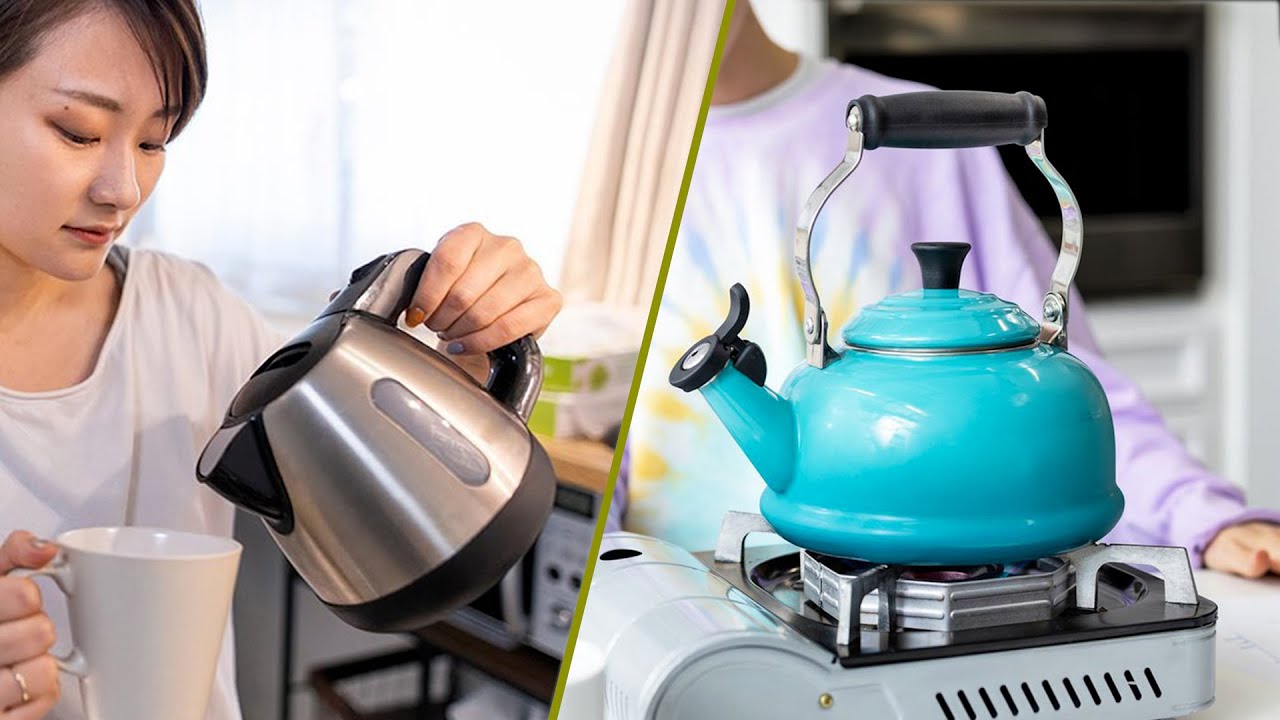
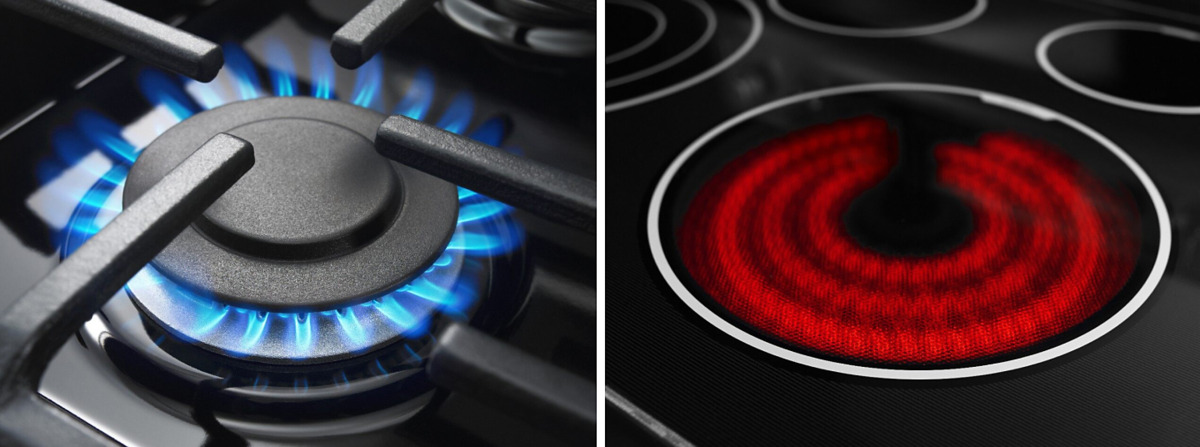

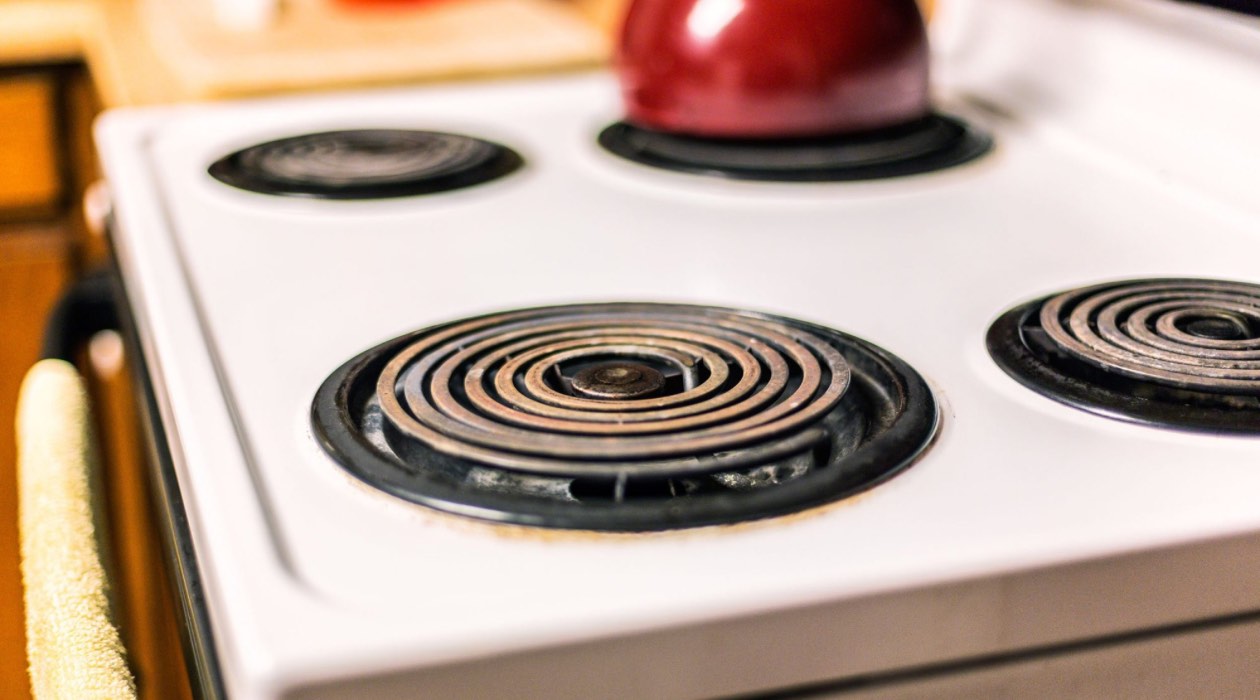
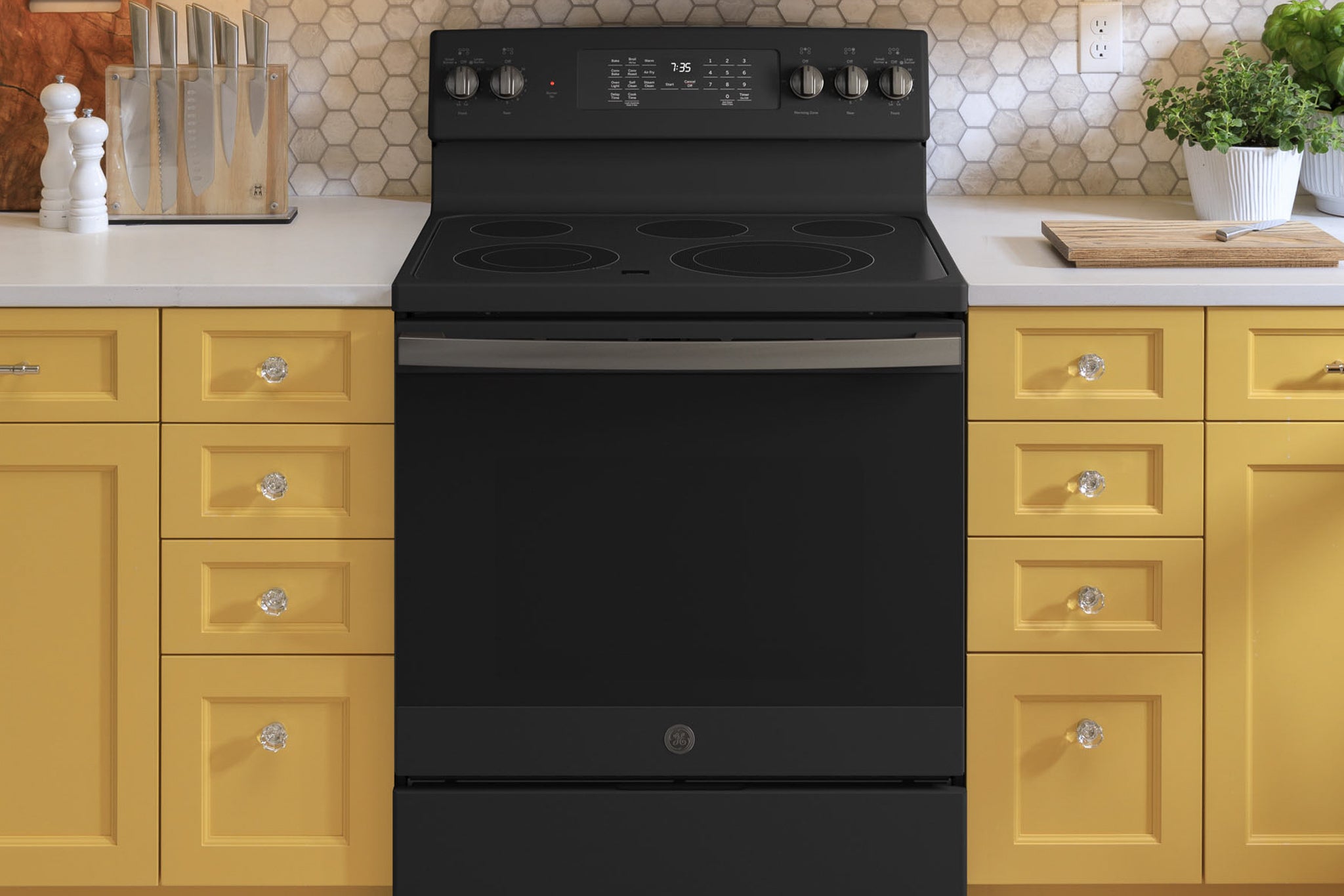
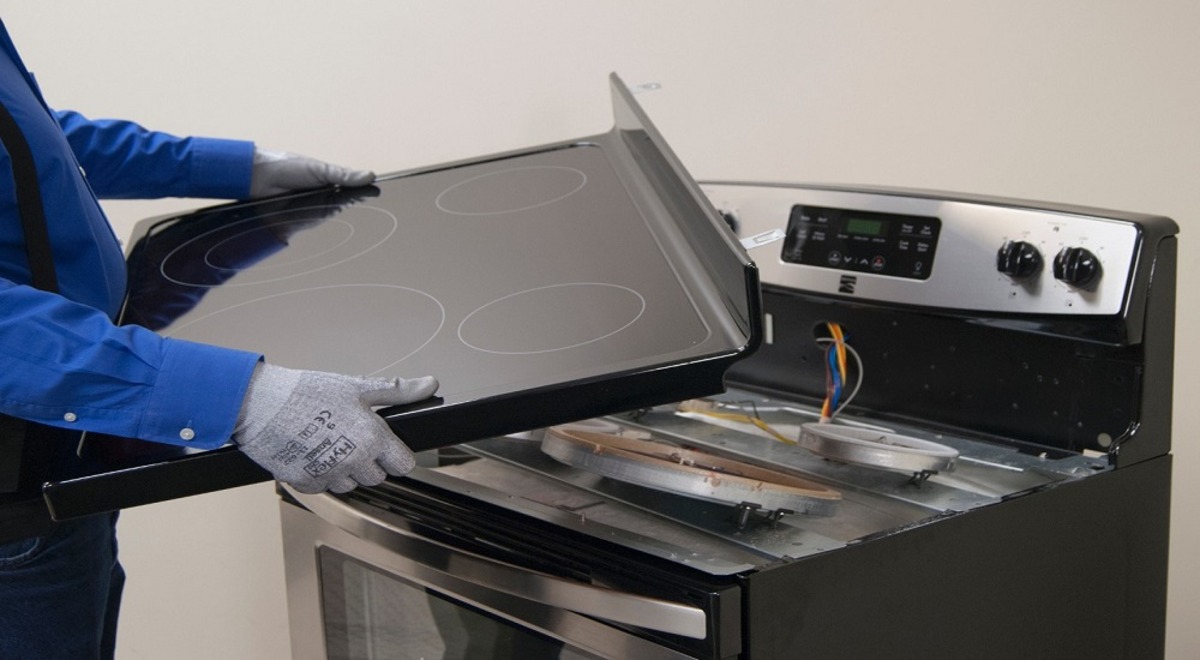
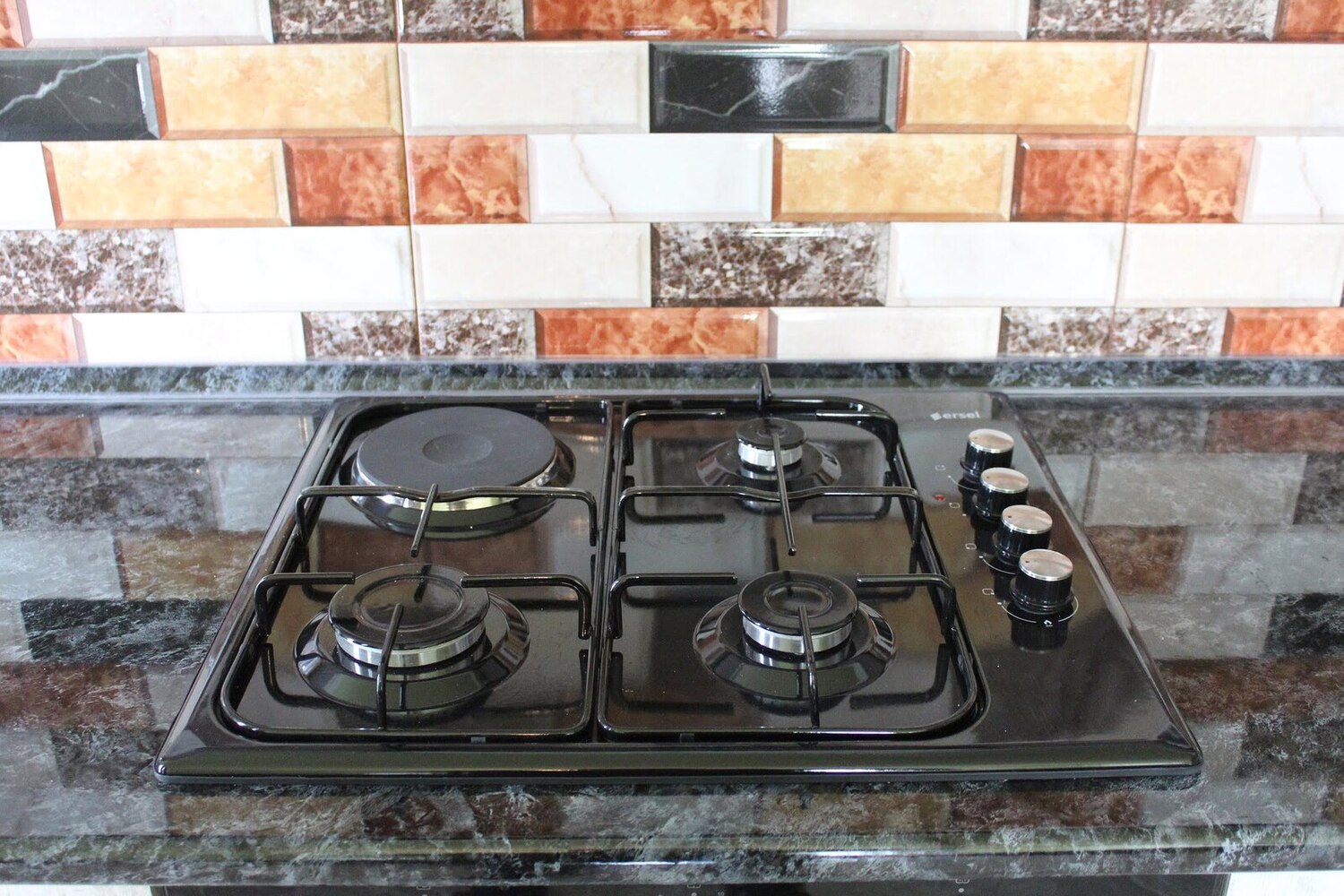
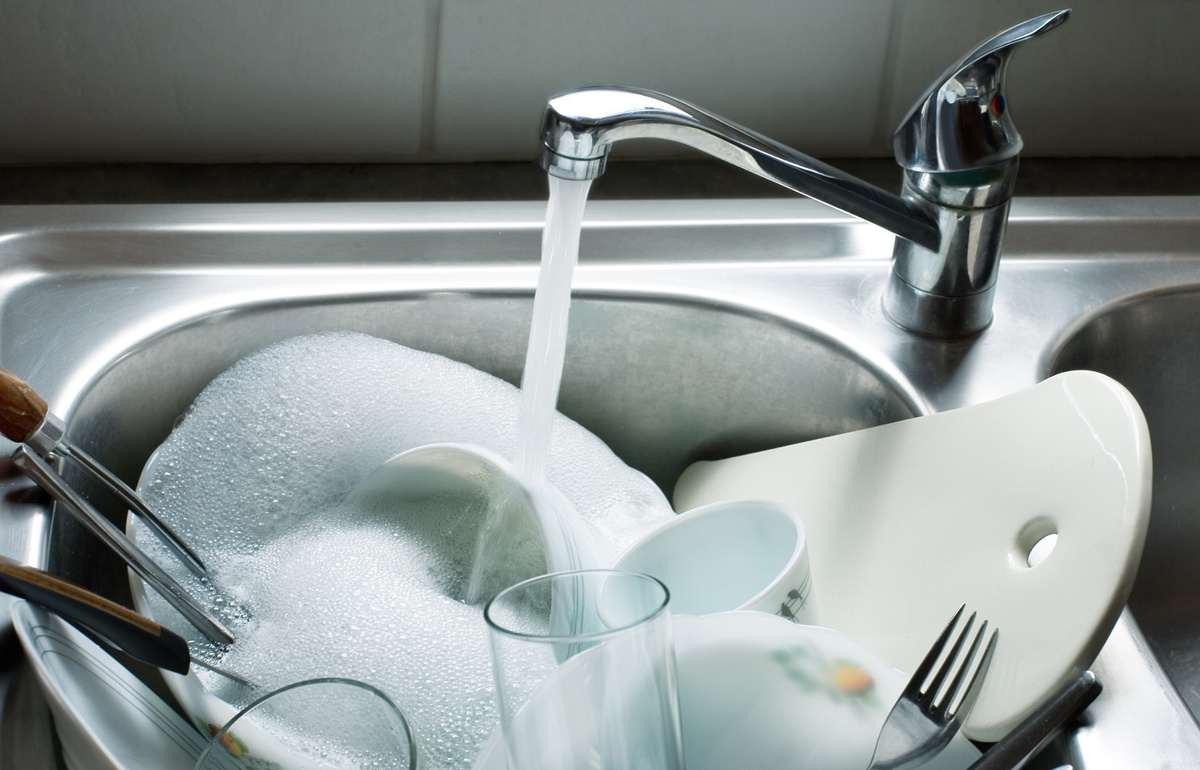
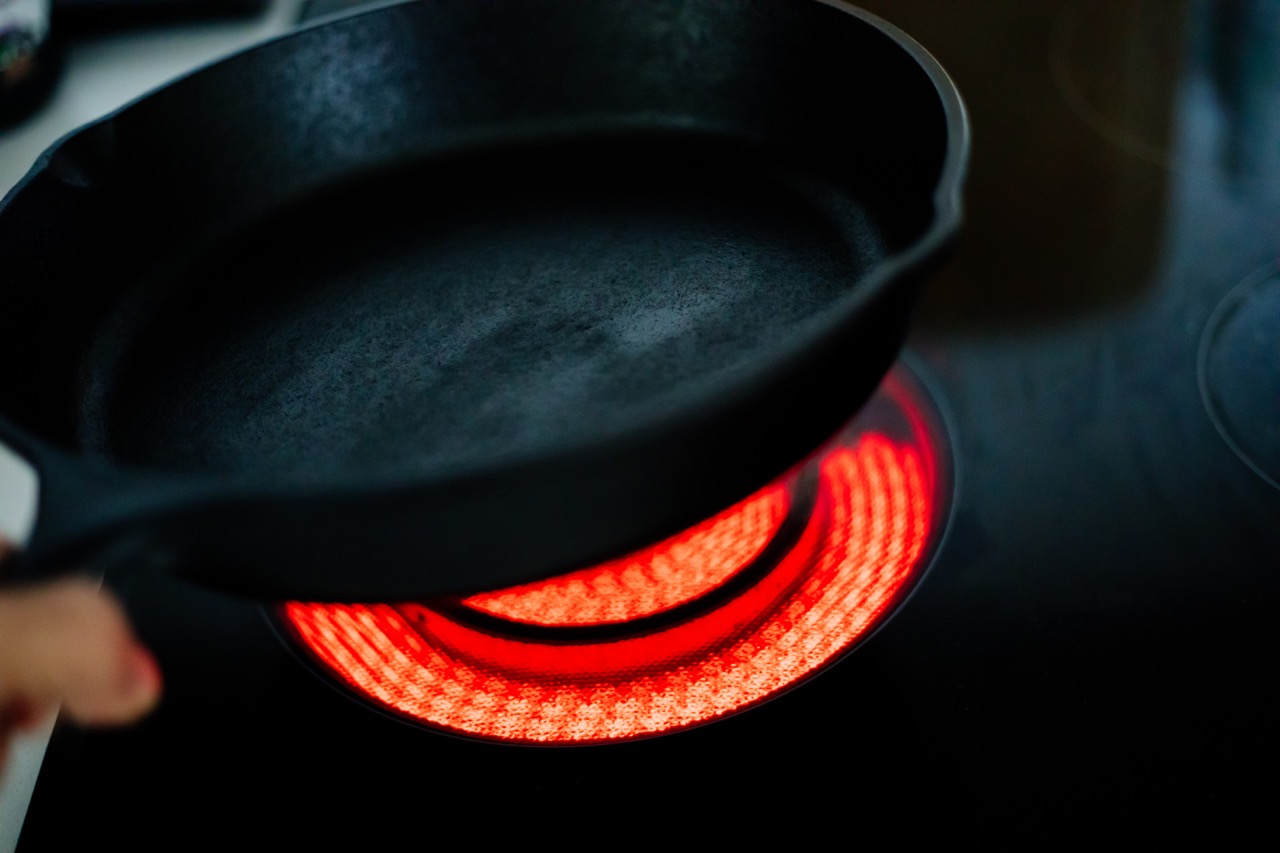
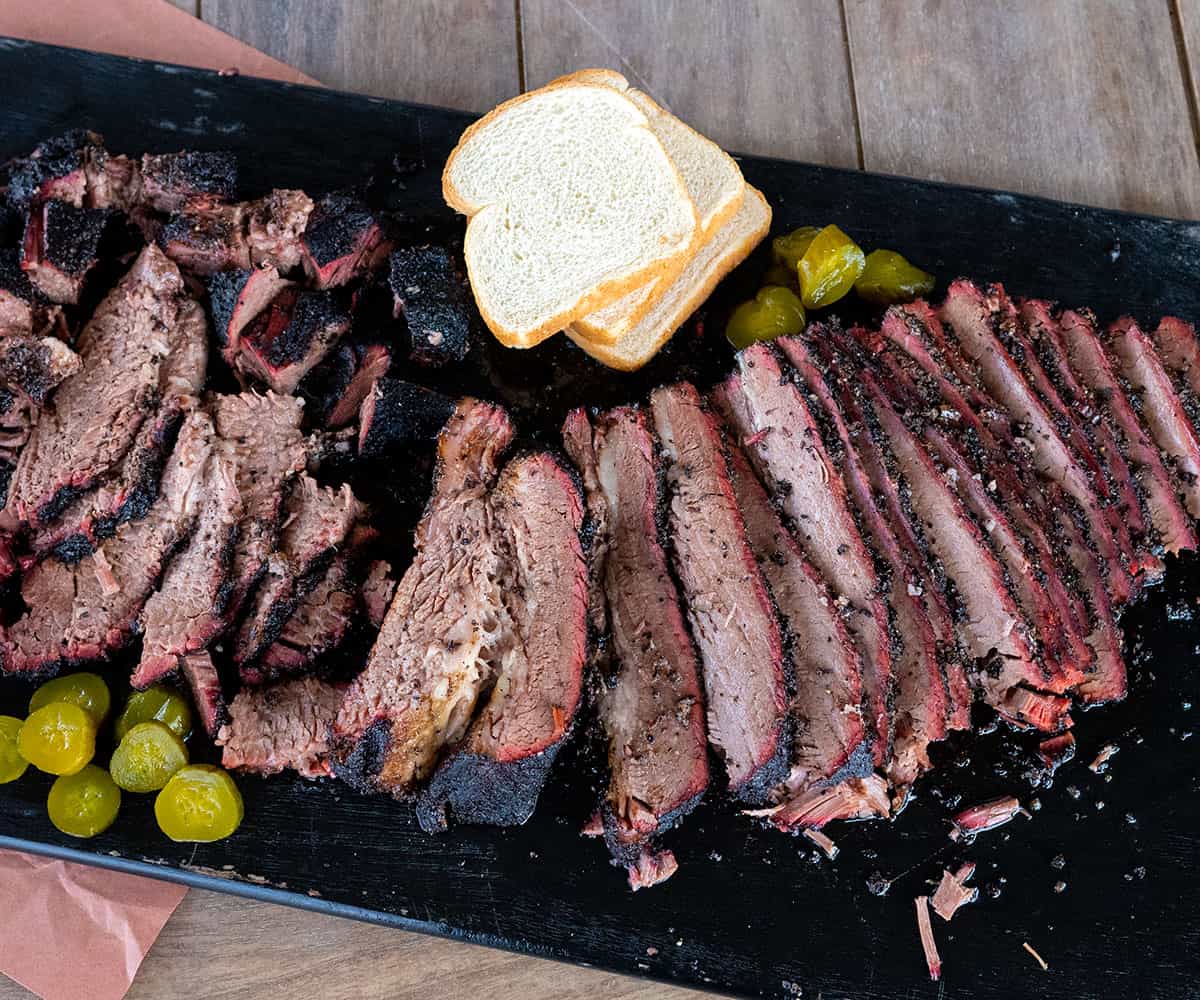
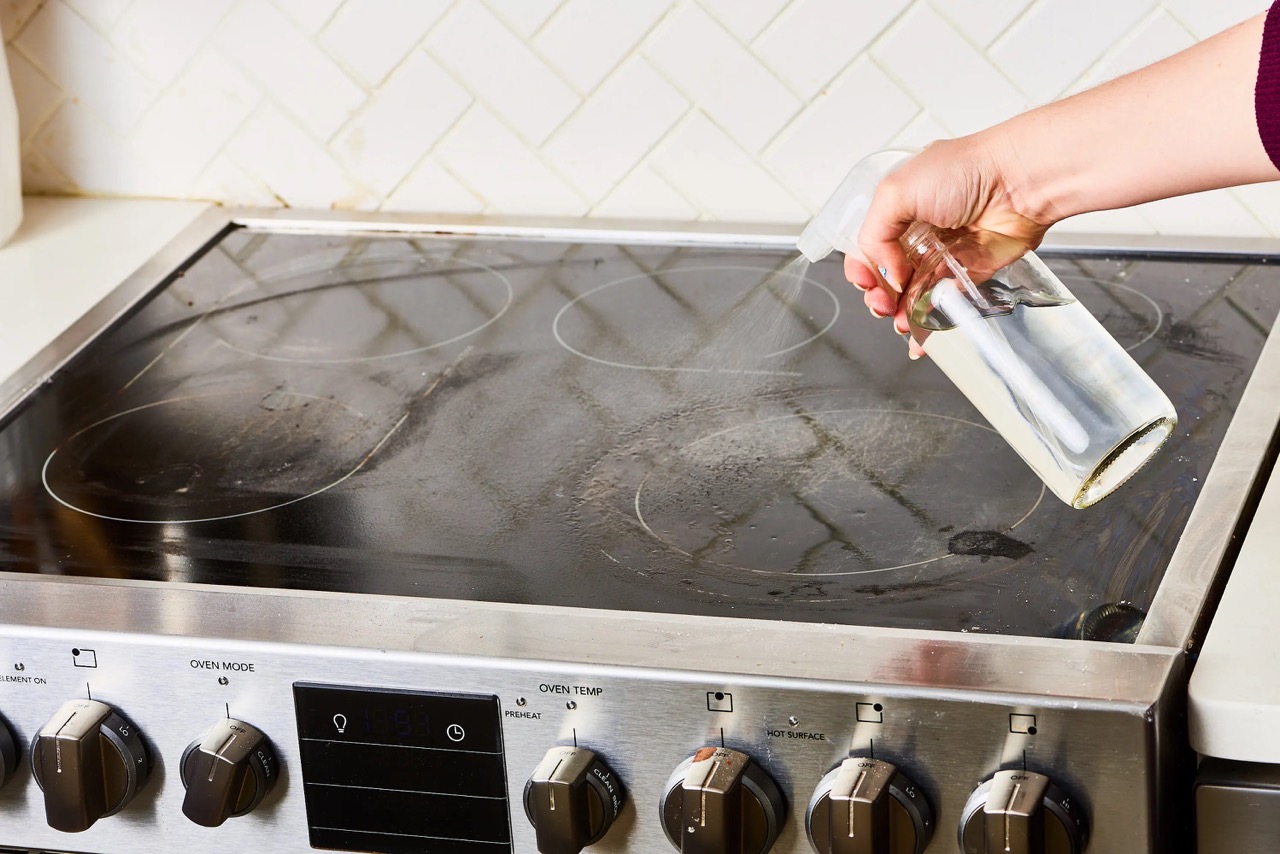
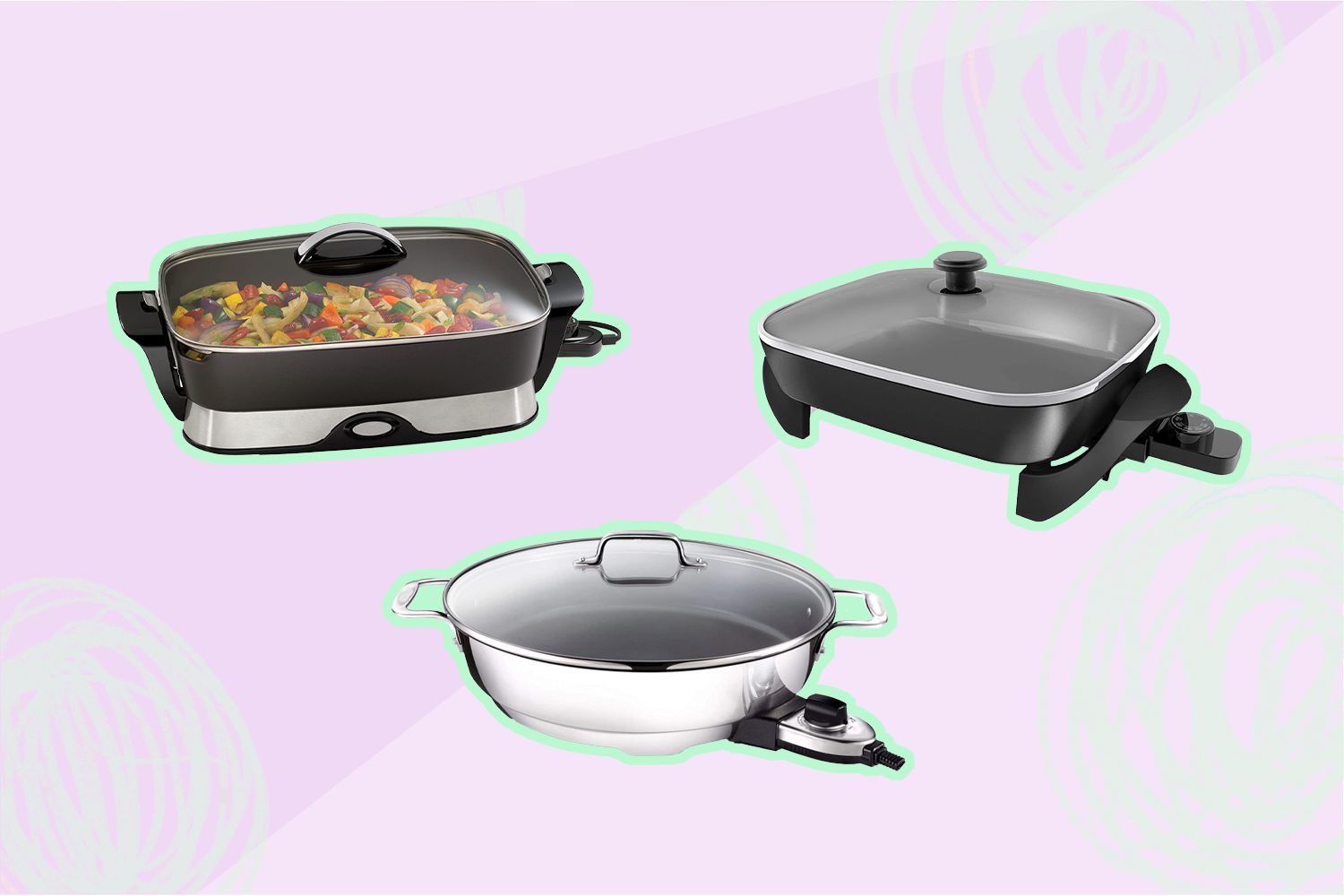
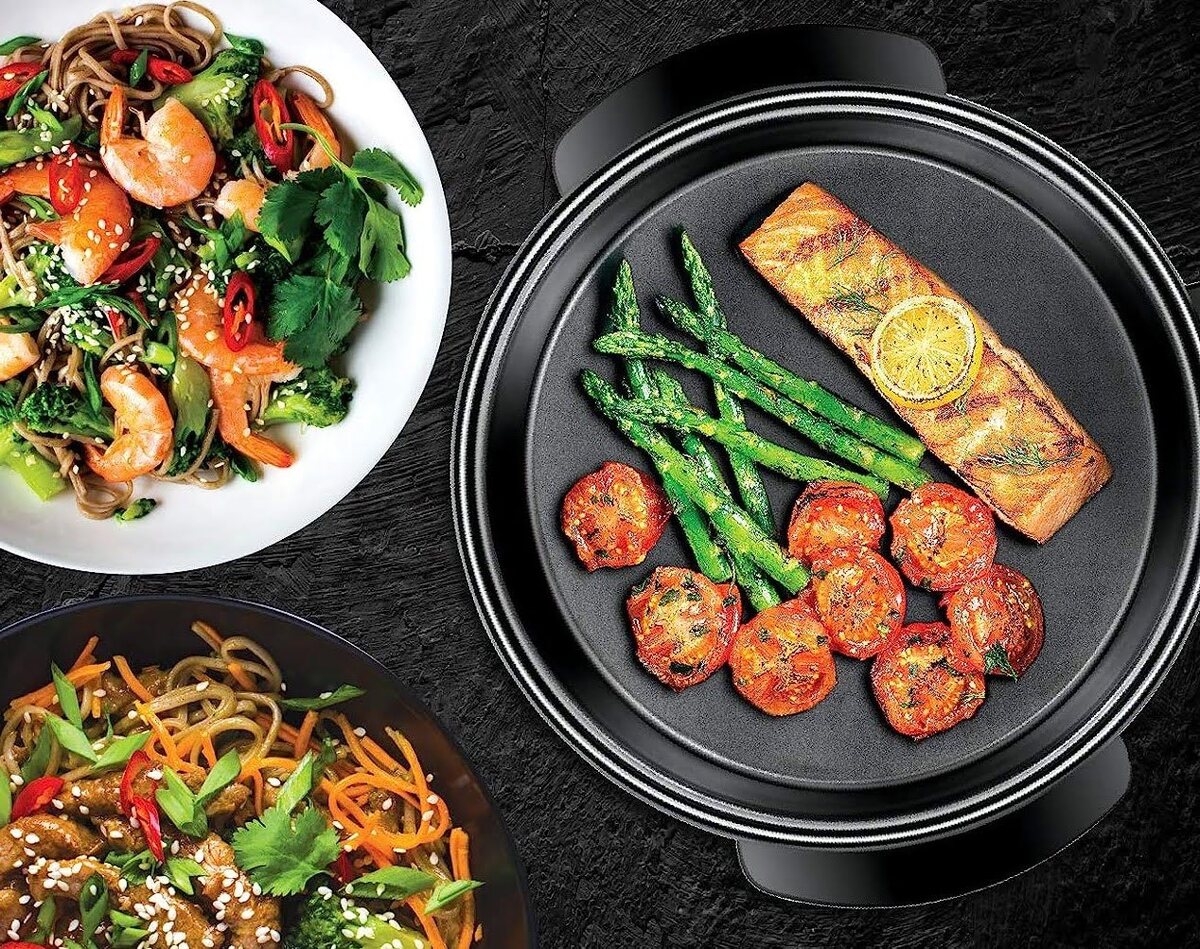
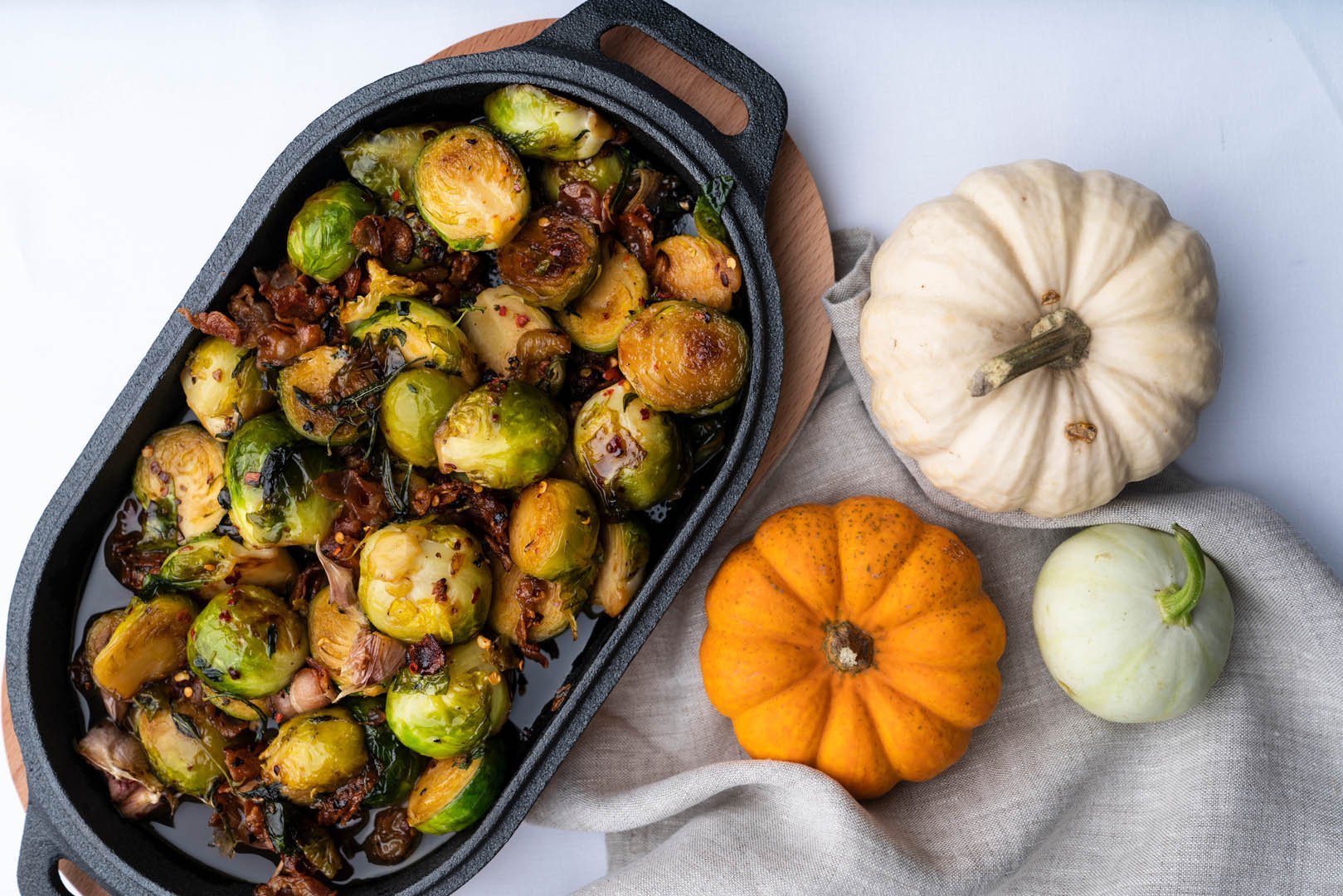

0 thoughts on “Which Is Cheaper An Electric Skillet Or A Range Top Of Electric Stove”